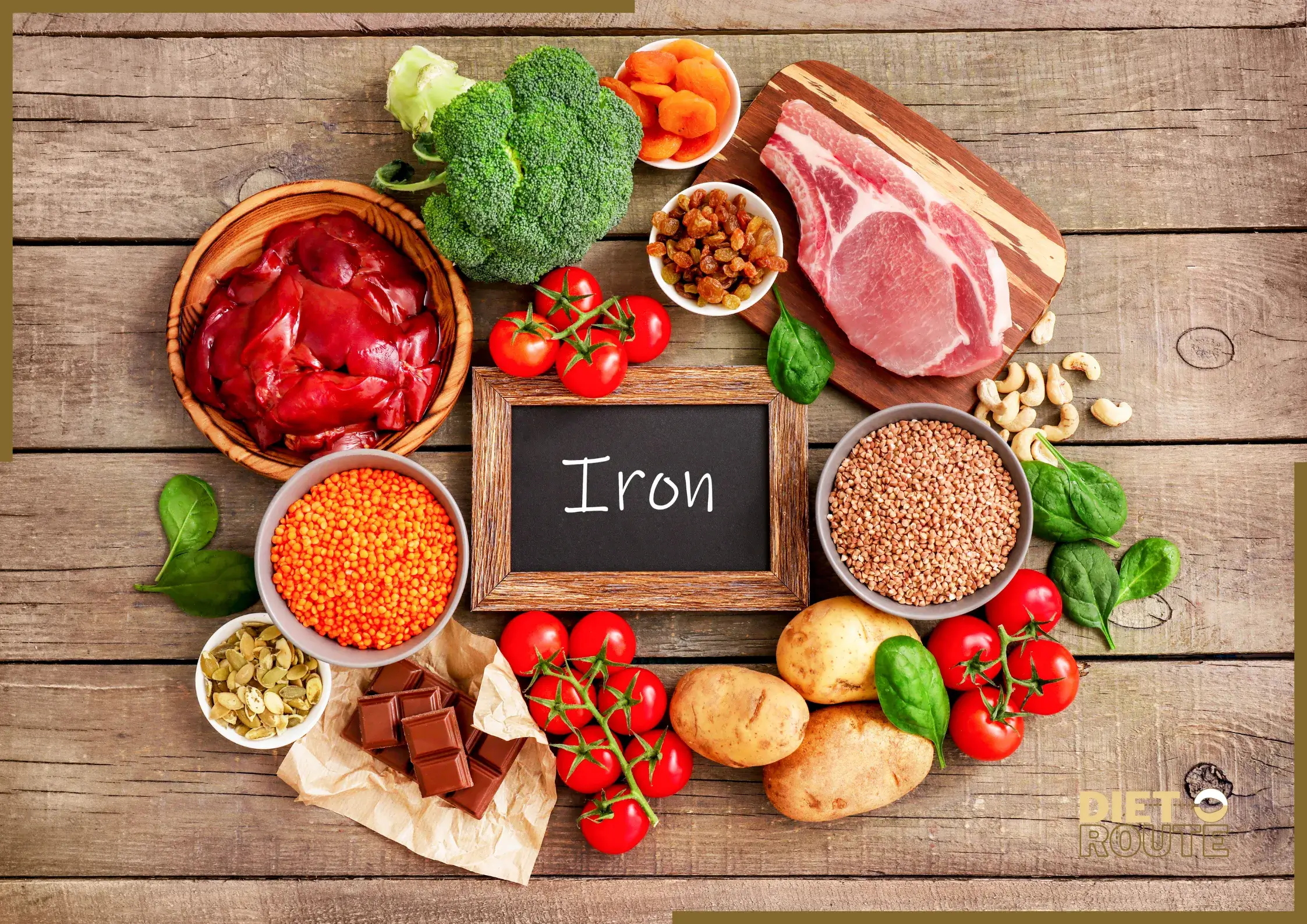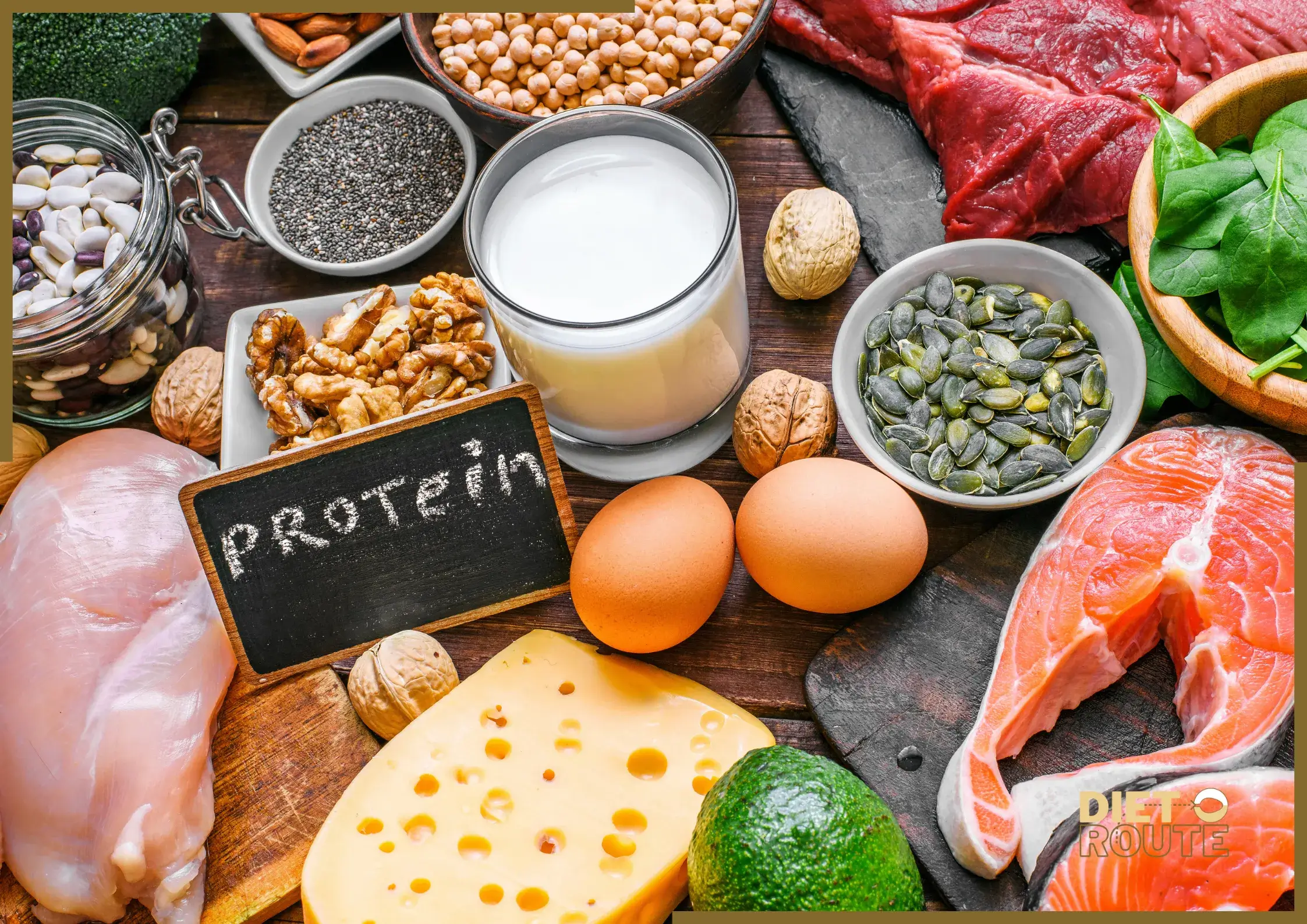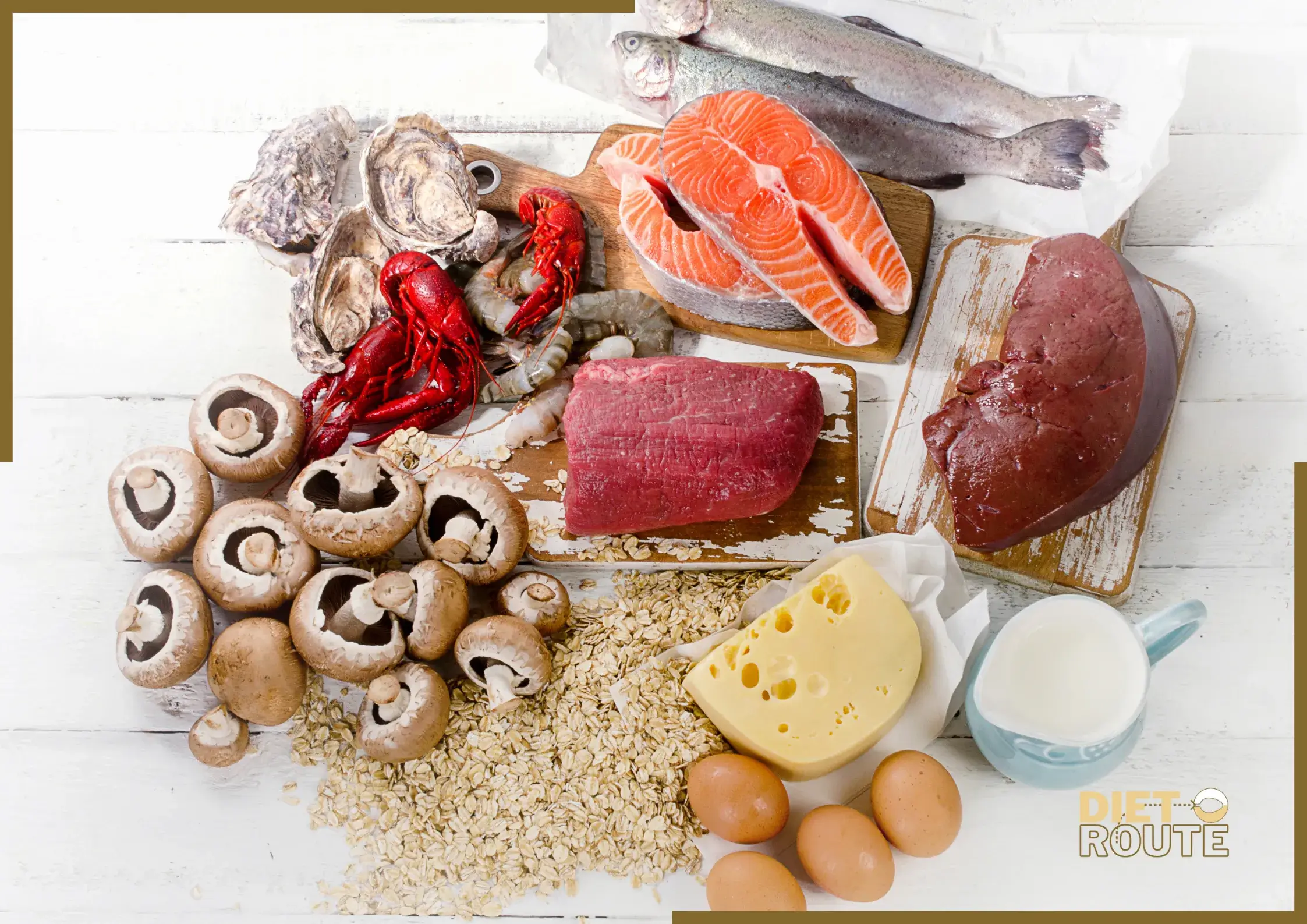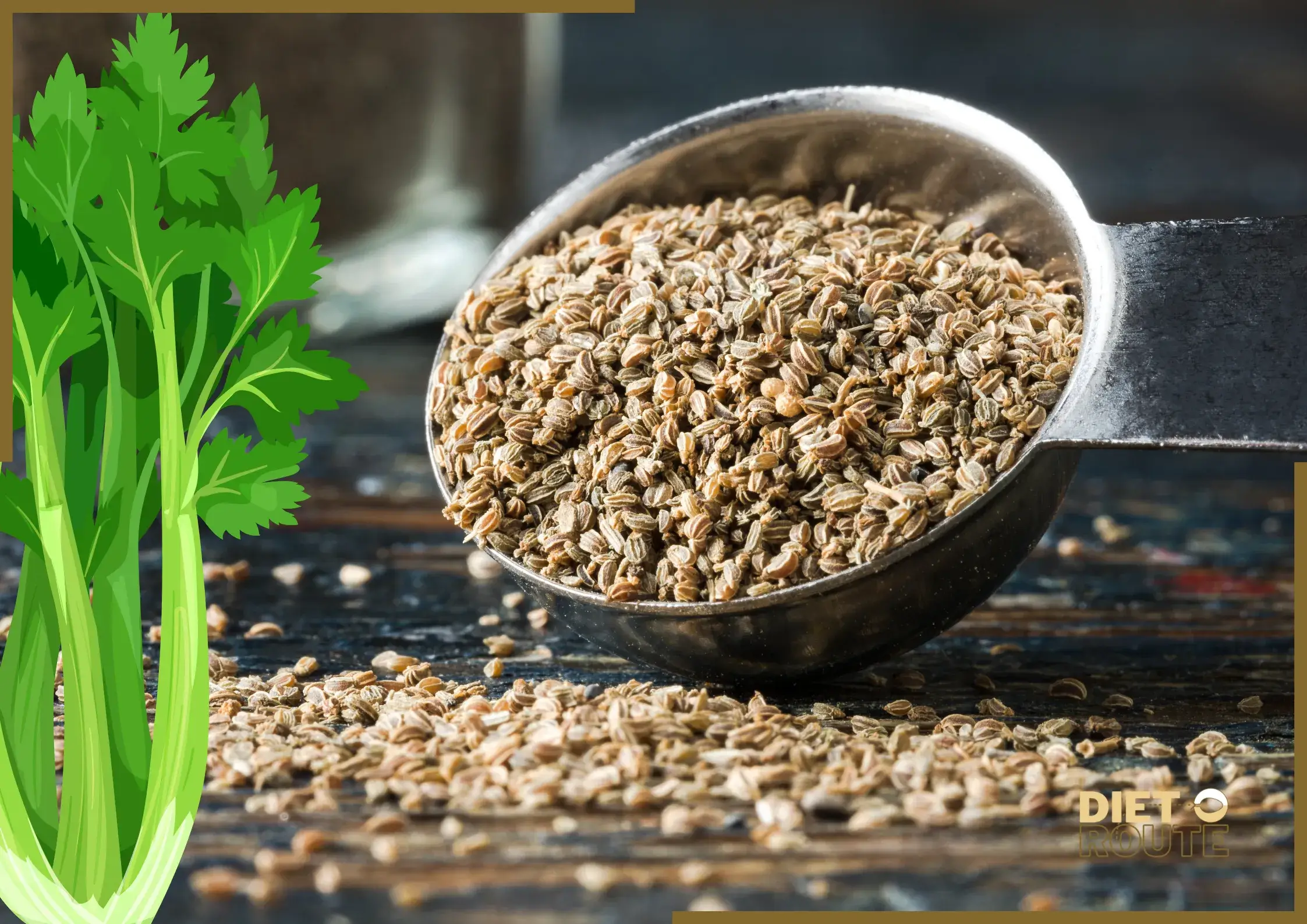Table of Contents
Who Discovered Iron ?
Iron is an element that people have known about and used for a very long time. Since it was found before history was written down, it is hard to say for sure who did it. But old peoples like the Egyptians, Greeks, and Romans knew about iron and used it for many things, like tools, weapons, and building materials.
Archaeologists have found iron in things that date back to around 5000 BCE. As societies got better, so did the ways they made iron, and it became more important in more and more businesses.
Even though no one person can be credited with finding iron, the fact that it has been used and known for a long time has had a big impact on the way people live.
The Chemical Reaction of Iron With Human Body
Iron is a very important element in the human body. It takes part in many chemical processes that are important for how our bodies work. Here are some of the most important chemical processes in the body that involve iron:
1. Oxygen Transport:
Iron is an important part of hemoglobin, the protein in red blood cells that moves oxygen from the lungs to areas all over the body. In the chemical process, oxygen binds to the iron atoms in hemoglobin’s heme group to make oxyhemoglobin.
2. Electron Transfer:
Iron is a part of cytochromes, which are proteins that take part in electron transfer processes. Cytochromes are an important part of the electron transport chain, which is a set of chemical reactions that take place in the mitochondria of a cell to make energy. Iron in the cytochromes goes through redox processes, which move electrons around between protein complexes to help make ATP.
3. Enzymatic Reactions:
Iron is a cofactor for many enzymes that are part of different metabolic processes. As a cofactor for enzymes like ribonucleotide reductase, iron speeds up processes that are needed to make DNA. This is a good example of how iron is important. This process helps change ribonucleotides into the building blocks of DNA, called deoxyribonucleotides.
4. Oxidative Metabolism:
Carbs, fats, and proteins can’t be broken down without iron. It helps enzymes in aerobic metabolism, like the Krebs cycle (citric acid cycle) and the electron transport chain, do their jobs. By breaking down nutrients and making ATP, these processes help make energy.
5. Detoxification Reactions:
Iron is a part of how the body gets rid of dangerous chemicals. It helps enzymes called cytochrome P450s do their job, which is to break down and get rid of drugs, toxins, and xenobiotics from the body.
6. Neurotransmitter Synthesis:
Neurotransmitters such as dopamine, norepinephrine, and serotonin can’t be made without iron. Iron-containing enzymes take part in the chemical reactions that make these neurotransmitters, which are important for proper brain function and mood control.
It’s important to remember that the chemical processes in the body that involve iron are tightly controlled and linked to each other. Iron needs to be absorbed, moved, and stored in the right way to keep the body in balance and avoid deficiencies or excesses, both of which can be bad for health.
Chemical Formulation of Iron
Iron is a chemical element with the symbol Fe (from the Latin word “ferrum”) and the atomic number 26. Its chemical formula shows that it is made of the element Fe. In this way of writing, Fe stands for a single iron atom.
Iron is a transition metal that can appear in different oxidation states, mostly as Fe2+ (ferrous) and Fe3+ (ferric). In chemical processes, iron can gain or lose electrons, which is shown by its different oxidation states.
Iron is often found in living things in its ionic form. Ferrous iron (Fe2+) is written as Fe2+, which means it has lost two electrons. Ferric iron (Fe3+), on the other hand, is written as Fe3+, which means it has lost three electrons.
Iron is a very important part of many biological processes in the body. It is a key part of hemoglobin, the protein in red blood cells that moves oxygen from the lungs to areas all over the body. Iron in hemoglobin is involved in chemical processes that allow oxygen to be bound and released.
Iron is also a part of making myoglobin, a protein in muscle cells that stores and releases oxygen. Iron is also needed for enzymes to work properly. These enzymes are involved in making energy, making DNA, and many other biochemical processes.
The elemental state of iron is written as Fe in chemistry, while the oxidation states of ferrous (Fe2+) and ferric (Fe3+) iron show how electrons are gained or lost in chemical processes. These different kinds of iron are important because they all play different roles in living things and can take part in redox reactions.
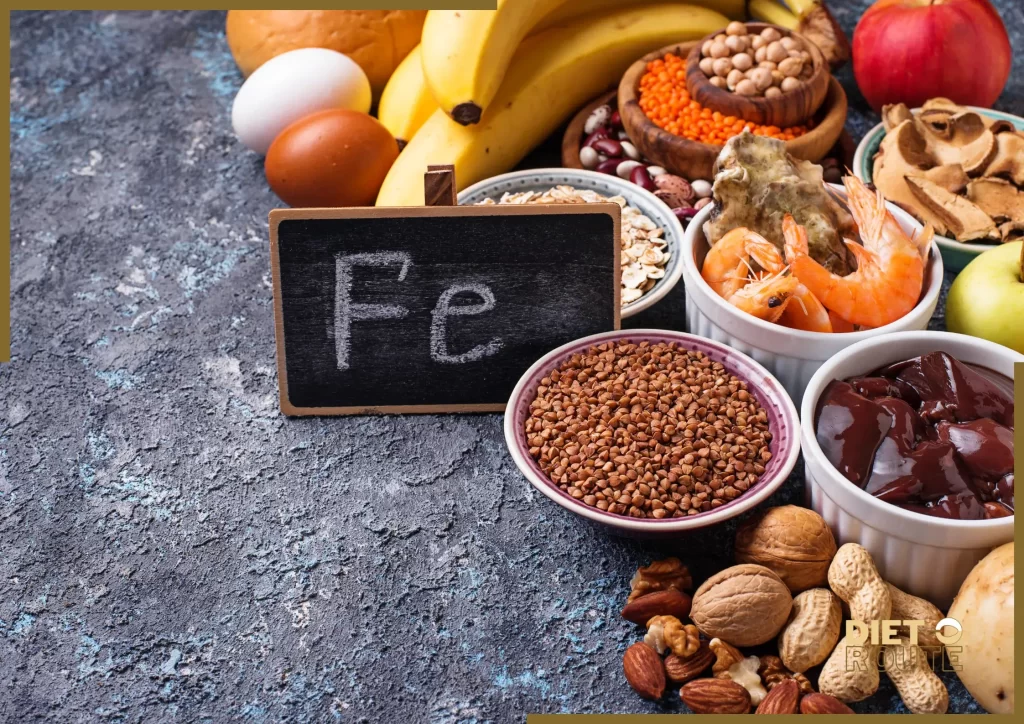
Suggested Daily Iron Consumption for Men and Women of Different Age Groups: Approx. Value
| Age Group | Male (milligrams of iron per day) | Female (milligrams of iron per day) |
| Infants (0-6 months) | 0.27 | 0.27 |
| Infants (7-12 months) | 11 | 11 |
| Children (1-3 years) | 7 | 7 |
| Children (4-8 years) | 10 | 10 |
| Children (9-13 years) | 8 | 8 |
| Adolescents (14-18 years) | 11.0 (ages 14-18) | 15.0 (ages 14-18) |
| Adults (19-50 years) | 8 | 18 |
| Adults (51+ years) | 8 | 8 |
| Pregnant Women | N/A | 27 |
| Breastfeeding Women | N/A | 9 |
Please be aware that these values are only approximate recommendations and may change depending on things like dietary requirements and specific health issues. A certified dietician or a healthcare professional should be consulted for specific iron recommendations.
Lean meats, chicken, fish, beans, lentils, tofu, spinach, iron-fortified cereals, and bread and pasta are some examples of foods high in iron. Additionally, ingesting vitamin C-rich foods coupled with foods high in iron can improve iron absorption.
Vegetarian and Non-Vegetarian Food Sources of Iron:
Vegetarian Iron Sources:
| Food Item | Iron Content (per 100g) |
| Spinach | 2.7mg |
| Lentils | 3.3mg |
| Tofu | 5.4mg |
| Quinoa | 4.6mg |
| Chickpeas | 2.9mg |
| Pumpkin Seeds | 8.8mg |
| Sesame Seeds | 14.6mg |
| Kidney Beans | 2.7mg |
| Oatmeal | 4mg |
| Broccoli | 0.7mg |
Non-Vegetarian Iron Sources:
| Food Item | Iron Content (per 100g) |
| Beef | 2.6mg |
| Lamb | 2.9mg |
| Chicken | 0.9mg |
| Turkey | 1.5mg |
| Pork | 1.1mg |
| Clams | 28mg |
| Oysters | 6mg |
| Mussels | 6.7mg |
| Salmon | 0.7mg |
| Tuna | 1.3mg |
Please note that these values are approximations and subject to change based on a number of variables, including food brands and cooking techniques.
